Small Garden Extension Ideas: Creative and Budget-Friendly Solutions
Thinking about enhancing your living space without the hassle of a major renovation? Small garden extensions can be a fantastic solution. They offer a way to blend indoor and outdoor spaces while adding valuable square footage to your home.
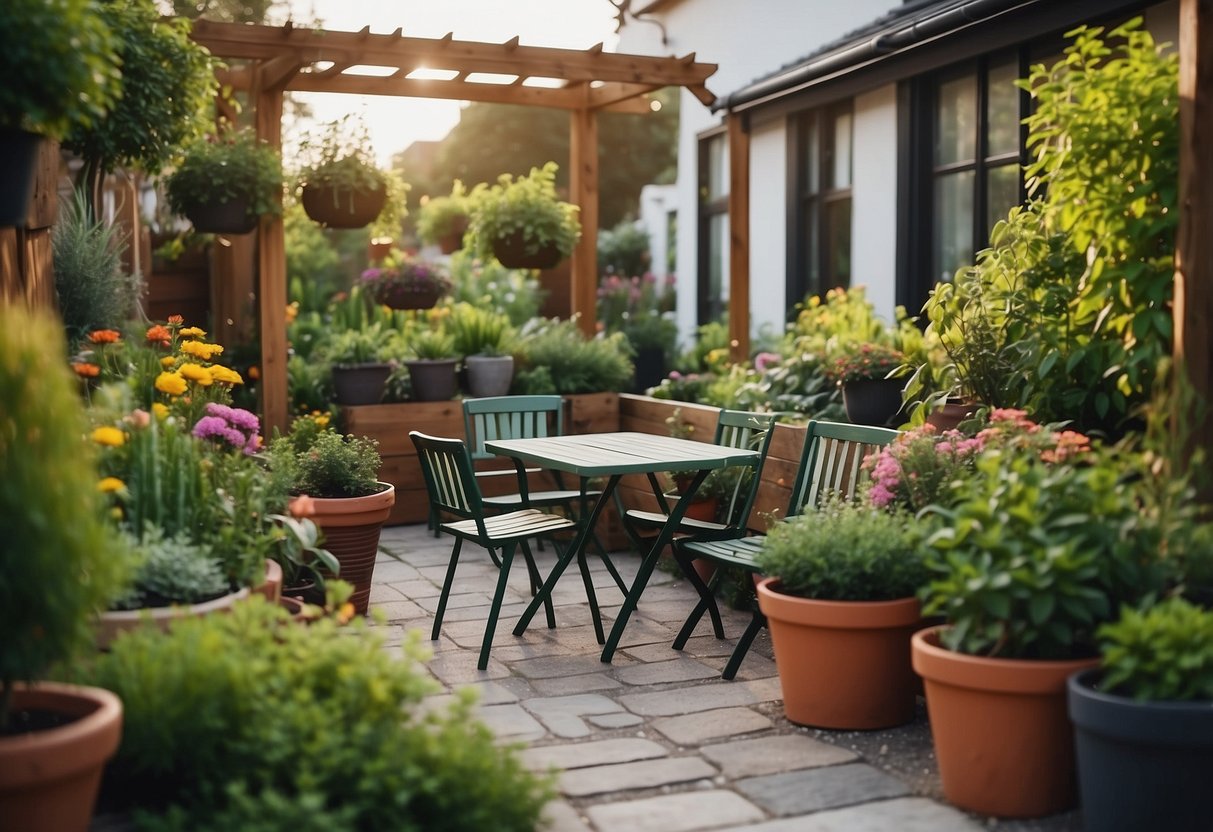
Wondering how to transform that underused part of your garden into something special? Whether it’s a cozy nook, a dining area, or a bright, inviting workspace, there are plenty of creative ideas that can turn your vision into reality. Before you know it, you’ll have a beautiful extension that enhances both your lifestyle and your home’s value.
1) Vertical Planters

Vertical planters are great for small gardens. They let you grow more plants without taking up extra ground space.
You can use a wall or a fence to hang planters. This gives your garden a unique look and frees up room for more plants.
A wood slat fence with planters is a simple project that adds charm. This technique is ideal for urban gardens where space is limited.
2) Hanging Baskets

Hanging baskets are a great way to add color and greenery to your small garden. You can use lush, trailing plants to create a vibrant look.
For a sunny spot, consider using flowers like calibrachoa and verbena. In shady areas, greenery such as ferns and hostas work well.
Remember to water regularly and use fertilizer to keep your plants healthy.
3) Foldable Furniture
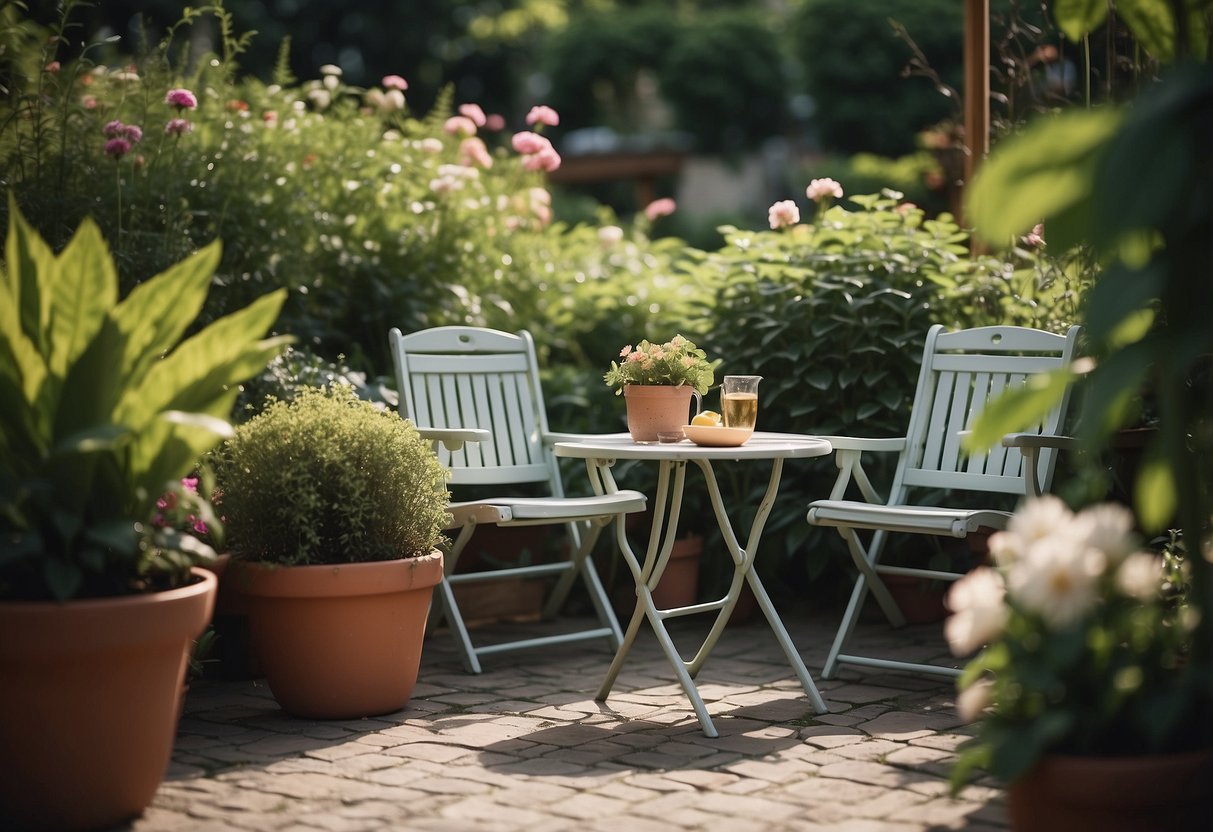
Foldable furniture can transform your small garden space. By using items like foldable chairs and tables, you can easily create a welcoming area for guests without permanently taking up space.
Consider versatile options like foldable dining tables that can be tucked away when not in use. This allows your garden to quickly change from a dining area to an open space for other activities.
Foldable outdoor furniture like benches and loungers also provide comfort and convenience. They can be stored easily, keeping your garden tidy and flexible for any occasion.
4) Miniature Herb Garden

Creating a miniature herb garden can fit even the smallest spaces. You can use decorative containers or troughs to make it visually appealing and functional.
Arrange your favorite herbs like basil, thyme, and rosemary to keep your kitchen stocked with fresh flavors. A dedicated herb shelf with multiple levels is a great way to maximize space.
Consider planting in vintage items like an old cheese box for added character. These small gardens are perfect for balconies, windowsills, or any sunny spot you have available.
5) Compact Water Feature
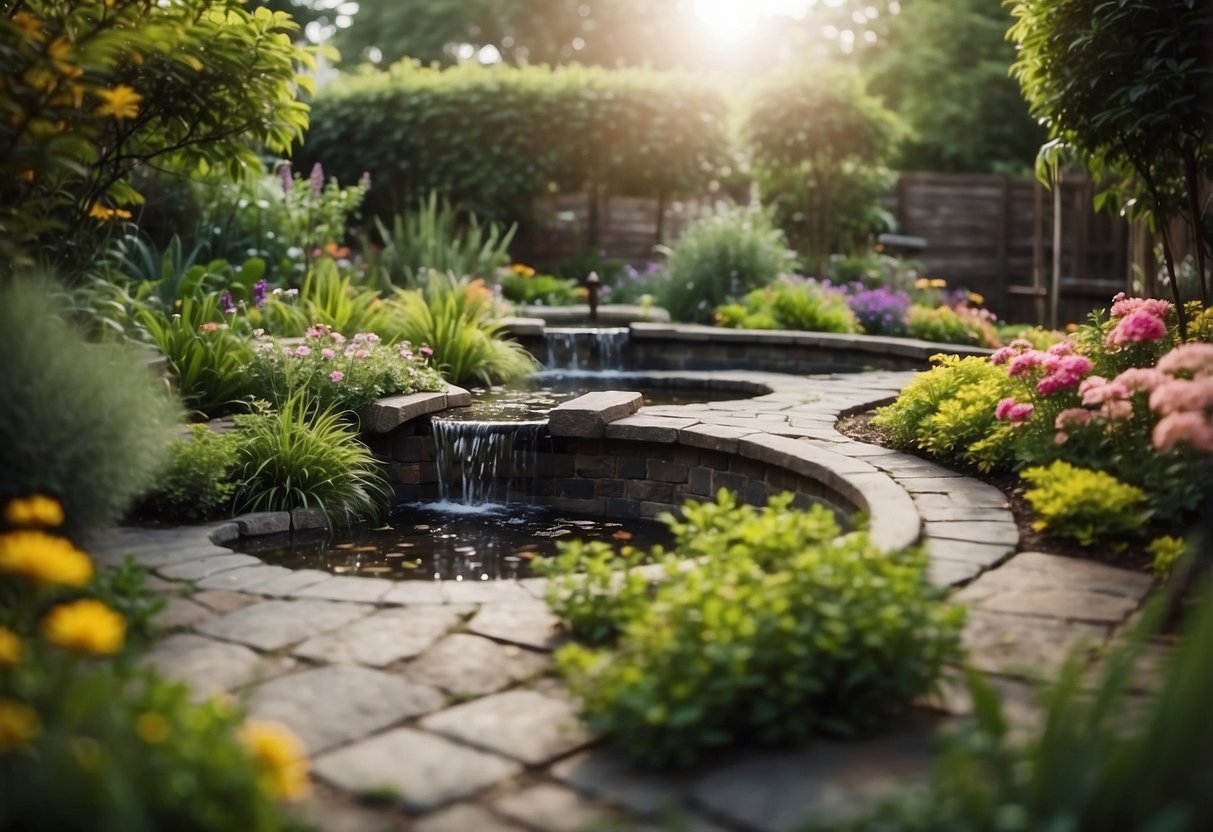
A compact water feature can add a touch of tranquility to your small garden. Consider a narrow garden pool that fits perfectly in tight spaces.
Alternatively, try a mini garden pond using a container and collected rainwater.
For a bit of flair, opt for a small fountain that shoots a delicate spray of water. Each of these features can bring a serene atmosphere to your garden.
6) Outdoor Fairy Lights

Adding outdoor fairy lights can transform your garden into a magical space. They provide a soft, enchanting glow that makes any area feel special.
You can use them to highlight pathways, making it easier to navigate your garden at night. String them along fences or trellises to create a cozy atmosphere.
For a more whimsical touch, you could wrap them around trees or shrubbery. This not only looks beautiful but also adds depth and dimension to your garden. Try using colorful lanterns in the chain for a playful, bohemian vibe.
7) Small Greenhouse
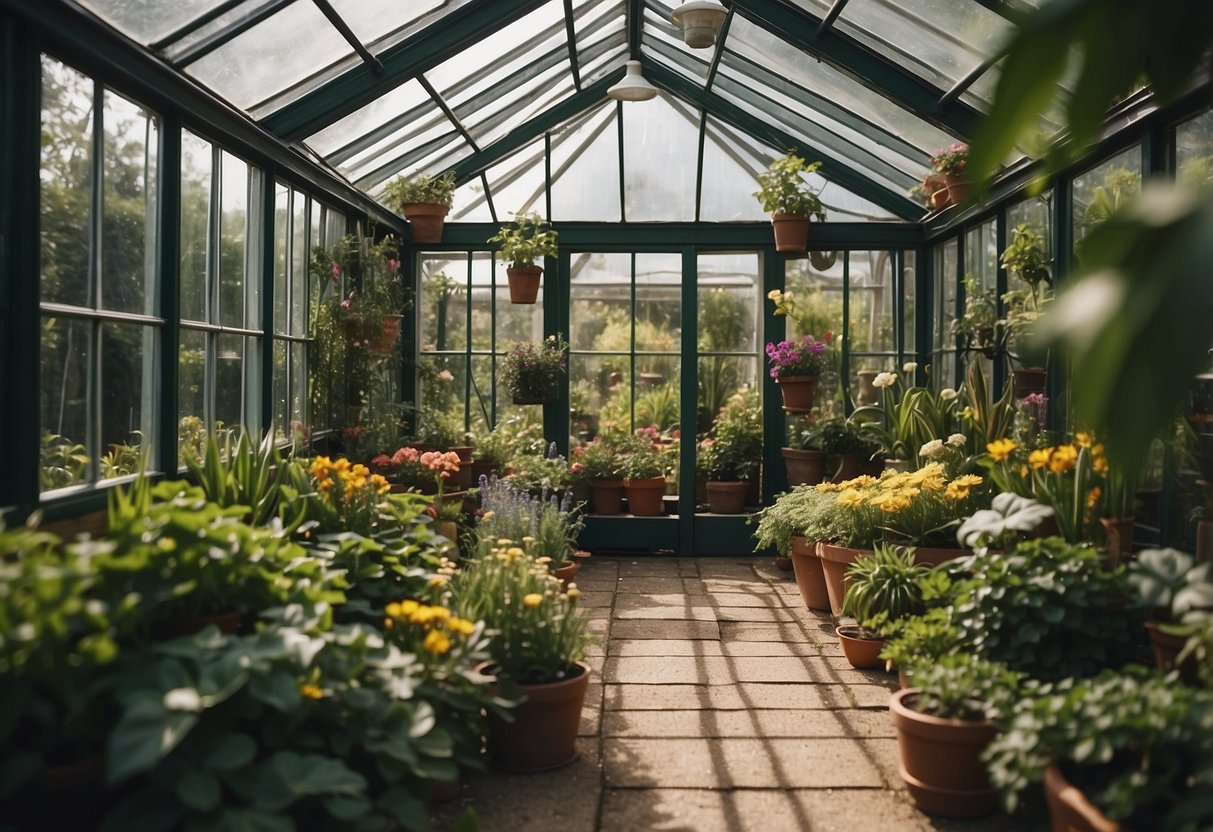
A small greenhouse is a great way to extend your garden. It can fit in tiny spaces, like patios or balconies.
Small greenhouses protect plants from bad weather and pests. They let in just the right amount of sun.
You can make a DIY mini greenhouse using old wooden crates or plastic bottles. Check out these DIY mini greenhouse ideas.
8) Wall-Mounted Shelves
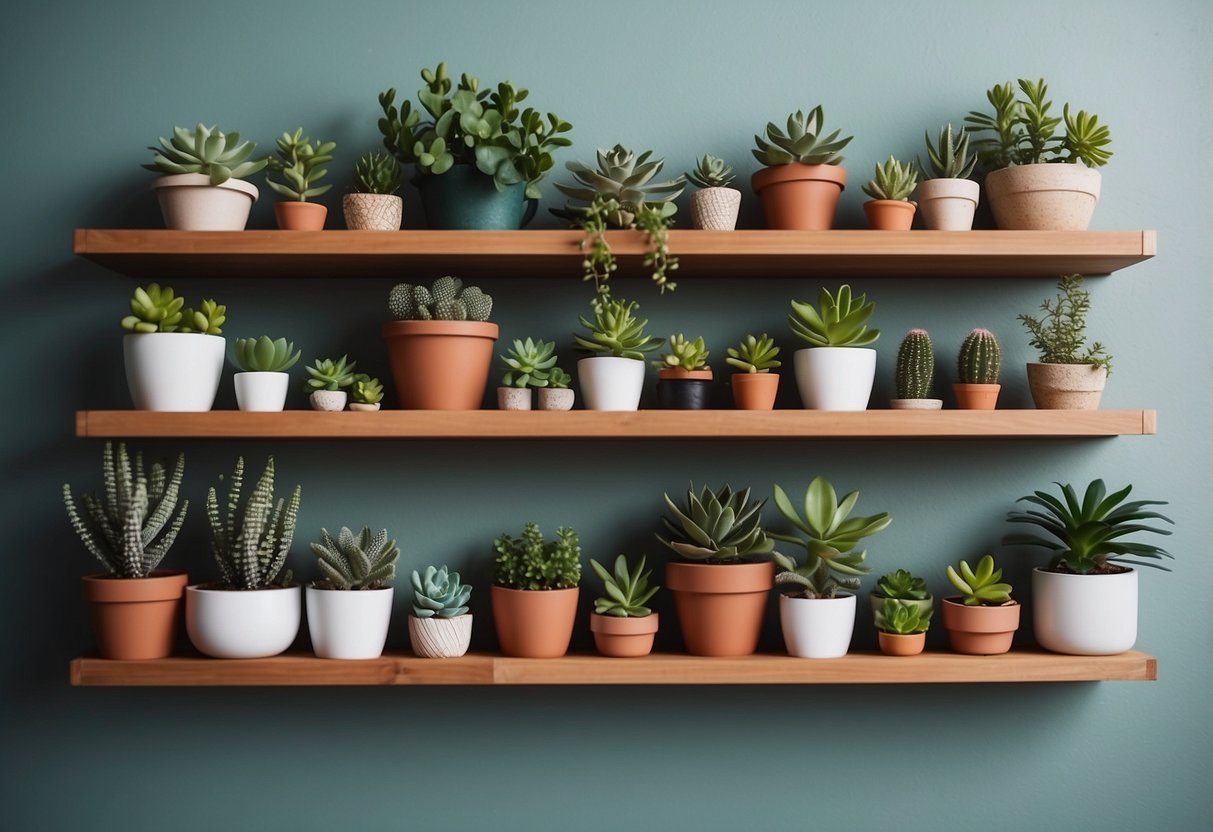
Wall-mounted shelves are a great way to add storage and style to your small garden. They help you save floor space and keep things organized.
You can attach plant holders or shelves at different heights to create a beautiful living wall. Use plants with varying colors and textures to make a visually dynamic arrangement.
Adding wall-mounted shelves will not only boost your garden’s look but also give you more space for gardening tools, pots, and decorations. Consider using hooks or small containers on these shelves to maximize functionality and keep everything within easy reach.
9) Bird Houses

Adding bird houses to your small garden can invite feathered friends to stay. Not only do they provide a cozy home for birds, but they also add charm to your space. You can find plans for various designs, from simple to rustic, that suit your garden’s style.
For example, the House Sparrows Box can accommodate up to three breeding pairs of house sparrows. Another idea is the simple bird house plan using cedarwood, perfect for a quick, affordable project. These homes can enhance both the beauty and biodiversity of your garden.
10) Recycled Planters

Using recycled items as planters is a great way to add charm to your small garden.
Recycling containers like old tin cans, egg cartons, or even broken furniture can give your garden a unique touch.
Try using a recycled pallet painted in bright colors for a vertical garden. It looks great and saves space.
Hanging an old chandelier and using its glass shades as planters creates a whimsical look. It’s perfect for a porch or patio.
Planning Your Small Garden Extension

Before you begin work on your small garden extension, it’s important to assess your space and set clear goals and priorities. This will help ensure that your extension project meets your needs and maximizes your available space.
Assessing Your Space
Start by measuring the area where you plan to extend your garden. Accurate measurements are key. Take note of any fixed features such as trees, pathways, or sheds that might impact your design.
Check the soil quality in different parts of your garden. This will influence which plants and structures you can include in your extension. It’s also a good idea to observe how sunlight moves across your space during the day. Different plants need different amounts of light.
Make a simple sketch of your garden, noting important features and measurements. This will help you visualize changes and plan more effectively. Consider creating different zones within your garden for planting, seating, or other activities based on the available space.
Setting Goals And Priorities
Think about what you want to achieve with your garden extension. Do you want more space for growing vegetables, a cozy seating area, or a play space for children? Your priorities will guide your design choices.
List the features you want to include and rank them by importance. Features might include a patio, raised flower beds, or a small pond.
Consider your budget and how much time you want to spend on maintenance. Some plants and features require more upkeep than others. Aim for a design that is both beautiful and practical for your lifestyle.
By being clear about your goals and priorities, you can create a garden extension that truly enhances your outdoor living space.
Designing For Functionality
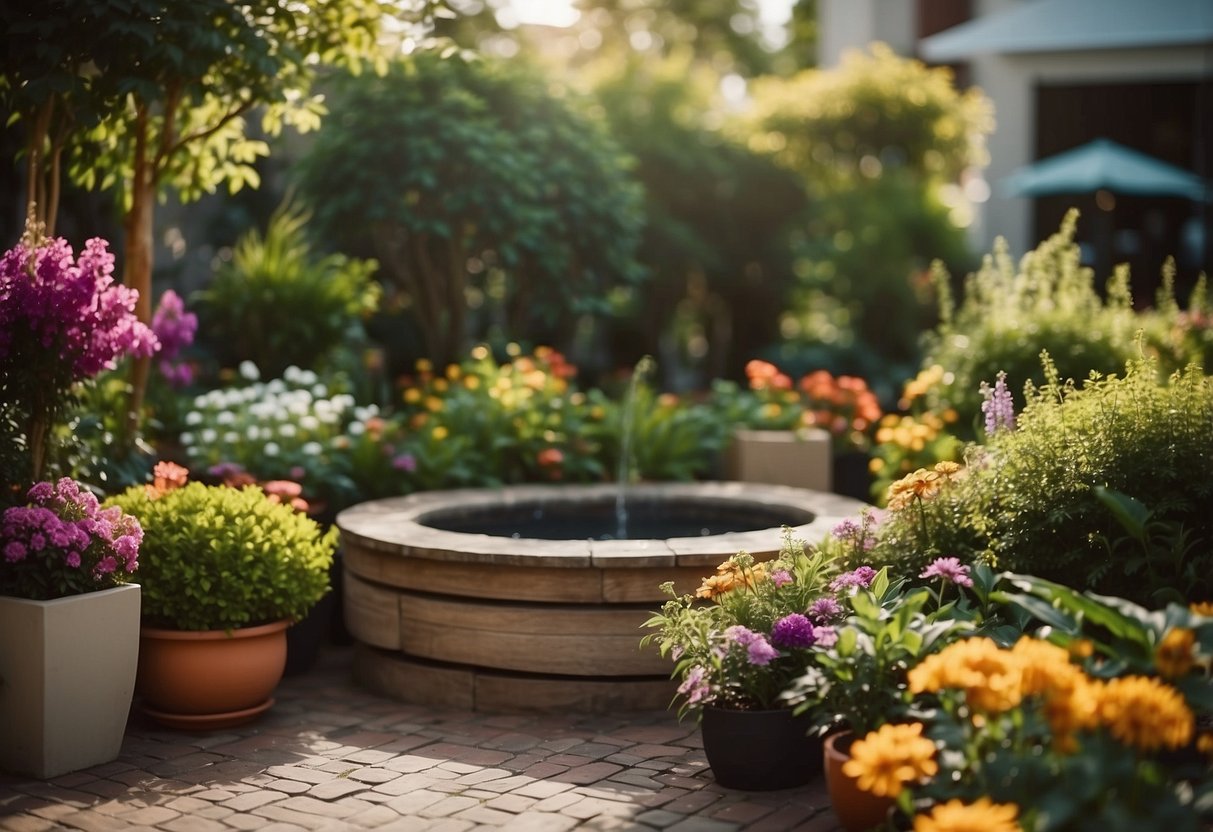
Maximizing functionality in a small garden involves strategic use of space through vertical gardens and multi-functional features. Both approaches help you create an efficient, attractive, and practical garden that fits your needs.
Incorporating Vertical Gardens
Vertical gardens take advantage of unused vertical space, allowing you to grow more plants in a limited area. You can use trellises, hanging pots, and wall-mounted planters to add greenery without using up the ground space. This approach is great for growing climbing plants like vines and flowers.
Another idea is to use a spiral herb garden, which creates a visually appealing vertical garden. These gardens not only make the most of vertical space but also allow for a variety of herbs and plants to grow together. Vertical gardens can also serve as natural privacy screens, enhancing both the function and beauty of your garden.
Utilizing Multi-Functional Features
In small gardens, every feature should serve more than one purpose. Furniture that doubles as storage can help keep your space tidy and functional. For example, use a bench with storage underneath for gardening tools or outdoor cushions.
Install foldable tables and chairs to easily store them when not in use. This way, you can free up space for other activities. Adding a trellis or arbor not only supports climbing plants but also creates a shaded seating area.
You can also incorporate raised beds with built-in seating around the edges. This design provides a place to sit and enjoy your garden while giving you extra planting space. Combining practical elements with aesthetic appeal ensures that your small garden is both beautiful and highly functional.
Maximizing Aesthetics In A Small Garden

Enhancing the look of a small garden involves picking the right plants and harmonizing the colors and textures. These choices can make a compact space feel larger and more inviting.
Choosing The Right Plants
Selecting plants for a small garden can be both fun and crucial. Opt for compact plants that thrive in small spaces. Herbs and vegetables like basil, parsley, and cherry tomatoes are great options that serve double duty, providing both beauty and function. Consider planting climbing plants like roses or lightweight squash. These add vertical interest and don’t take up much ground space, which is key in a small garden.
Use potager gardens, a mix of flowers and vegetables, to add variety and make the space more visually interesting. If you like the idea of adding a tree, pick a dwarf variety that stays small but adds height and structure to your garden.
Balancing Colors And Textures
Balancing colors and textures can make a small garden feel more cohesive and engaging. Start with a color scheme; too many colors can look chaotic in a compact area. Stick with two or three main colors and add plants that feature different shades of these colors for depth and interest.
Texture is equally important. Combine plants with varying leaf shapes and surfaces, such as combining smooth and feathery leaves. This contrast can make the garden look lively and full without being overwhelming. Adding elements like a trellis or arbor covered in vines can also introduce texture and draw the eye upward, giving the impression of a larger space.
Invest in quality garden furniture with sleek lines to complement your plant choices. Furniture around tree trunks or built-in seating can maximize space use without sacrificing comfort.
By thoughtfully choosing plants and balancing colors and textures, your small garden will not only look stunning but also feel spacious and well-designed.







